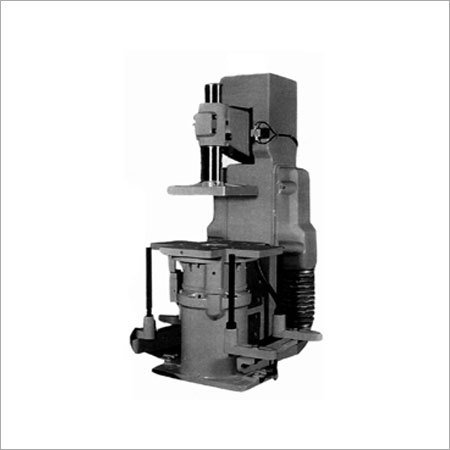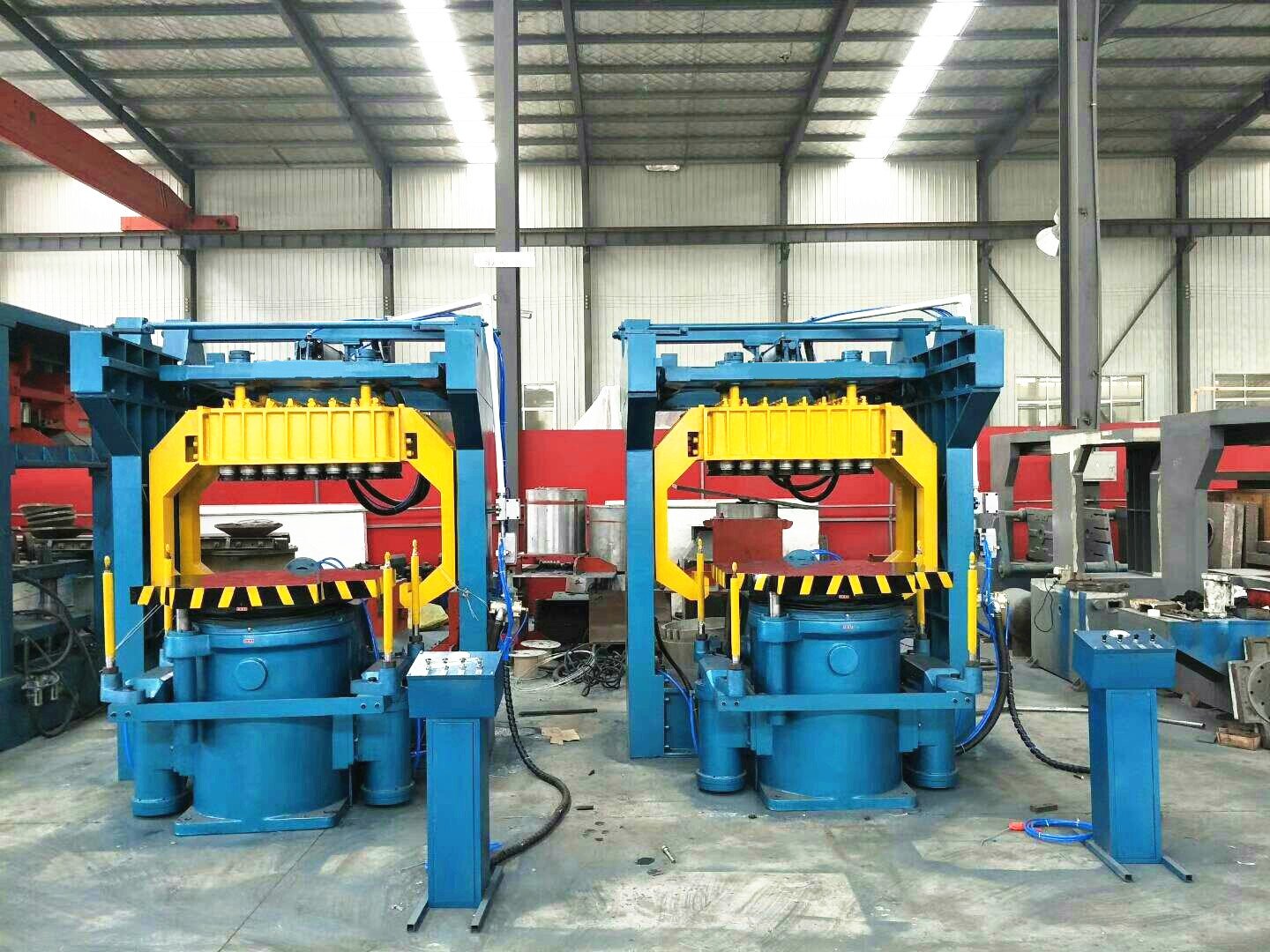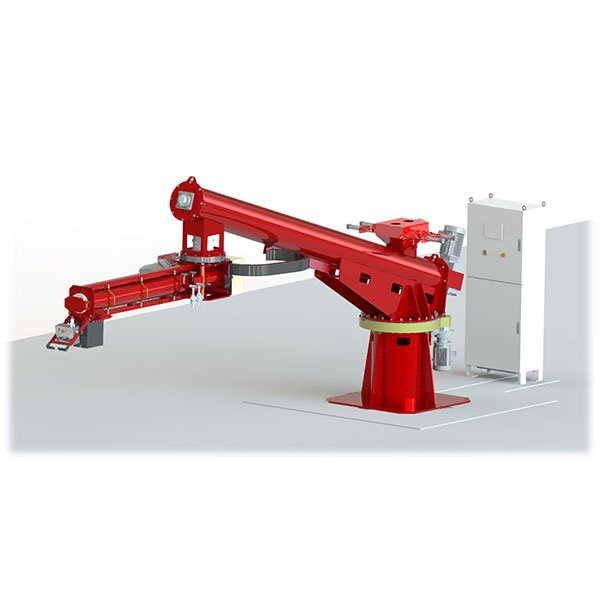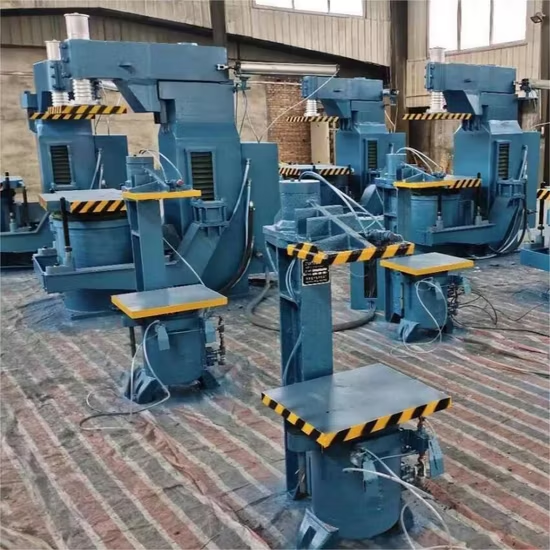
Struggling to choose the right molding process for your casting needs?
In molding, "jolt" refers to the vibration that settles the sand, while "squeeze" compresses it—together, they form a reliable method for consistent mold compaction.
This article explains the core difference between jolt and squeeze actions, explores how jolt squeeze molding machines work, and helps you evaluate whether it suits your foundry needs.
What is a Jolt Squeeze Molding Machine?
Still using manual molding methods that result in poor consistency?
A jolt squeeze molding machine is a semi-automatic molding device used in sand casting. It vibrates and compresses sand around a pattern to create dense, accurate molds.
These machines are a cornerstone in many modern foundries due to their cost-efficiency, repeatability, and compact size. By combining mechanical jolting and squeezing, they ensure mold integrity for a wide range of casting applications. Their semi-automatic nature makes them especially appealing to B2B buyers seeking performance without the price tag of fully automatic lines.
How Does a Jolt Squeeze Molding Machine Work?
Confused by the terms "jolt" and "squeeze"? Here's how they actually work.
The jolt phase vibrates the mold box to settle the sand, while the squeeze phase compresses it with force to form a rigid, detailed mold.
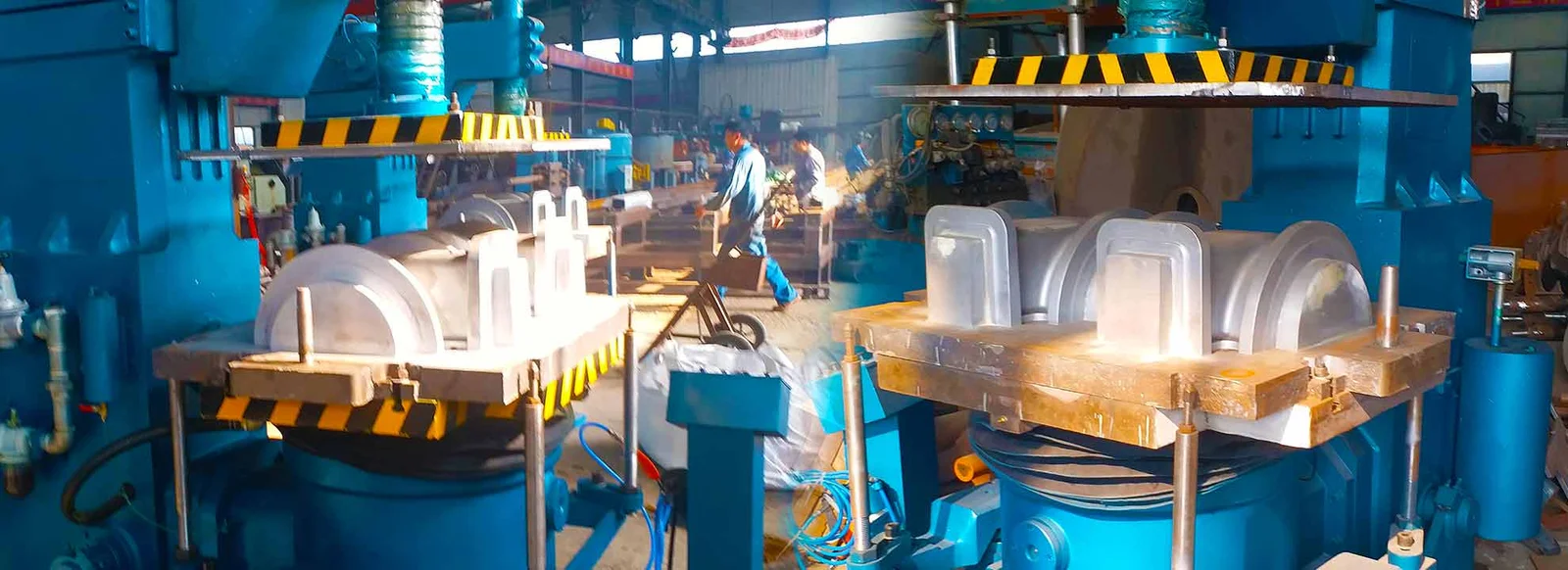
Process Breakdown:
| Step | Description |
|---|---|
| 1. Sand Filling | Sand is dropped into the mold box (flask) on top of the pattern. |
| 2. Jolt Phase | The flask is lifted and dropped repeatedly to settle sand into every cavity. |
| 3. Squeeze Phase | A squeeze head presses down firmly to compact the sand evenly. |
| 4. Mold Removal | The mold is extracted, ready for core insertion or metal pouring. |
This combination ensures high-density molds that reduce casting defects and improve dimensional accuracy. Adding animations or video demos on your product page can boost engagement and better communicate this concept.
Key Advantages of Using Jolt Squeeze Molding Machines
Is your current molding setup slowing down your production efficiency?
Jolt squeeze machines offer repeatable mold quality, simple operation, and cost-efficiency—ideal for small to mid-size casting lines.
Why Foundries Choose Jolt Squeeze:
- Consistent Mold Quality: The dual-action process creates uniform density, reducing defects.
- Cost-Effective: Lower cost than full automation but delivers dependable results.
- Easy to Use and Maintain: Operable by one or two workers with minimal training.
- Ideal for Small to Medium Batches: Perfect for job shops and flexible production.
- Compact Footprint: Saves valuable shop floor space—critical for mid-size operations.
These benefits make it an attractive solution, especially for workshops needing performance with flexibility.
Use Cases and Industry Applications
Think jolt squeeze machines are outdated? Think again.
From automotive components to general machinery parts, these machines are still widely used in global foundries.

Common Use Cases:
| Industry | Typical Castings |
|---|---|
| Automotive | Engine blocks, brake housings, gearbox cases |
| Industrial Pumps | Valve bodies, impellers, pump housings |
| Education/Training | Small-scale demo casting systems in labs |
| General Machinery | Brackets, pulleys, housing components |
In one of our client cases, a mid-sized foundry in Germany improved its production consistency by 38% after switching from manual to jolt squeeze molding. They now produce automotive parts with minimal rework and lower operator fatigue.
Jolt Squeeze vs Other Molding Machines
Not sure how jolt squeeze stacks up against other technologies?
It offers a middle ground—faster and more consistent than manual molding, and more flexible and affordable than high-end automatic lines.
Comparison Table
| Feature | Jolt Squeeze | Manual Molding | Flaskless Auto Lines | Horizontal Parting |
|---|---|---|---|---|
| Mold Consistency | High | Low | Very High | Very High |
| Flexibility | Medium | High | Low | Low |
| Automation Level | Semi-Automatic | Manual | Fully Automatic | Fully Automatic |
| Ideal Batch Size | Small to Medium | Small | Large | Medium to Large |
| Setup and Maintenance | Simple | Very Simple | Complex | Complex |
| Cost (CAPEX) | $$ | $ | $$$$ | $$$ |
| Floor Space Required | Medium | Small | Large | Large |
This comparison shows why jolt squeeze molding is still favored by many job shops and medium-scale casting facilities.
How to Choose the Right Jolt Squeeze Molding Machine
Feeling overwhelmed by too many equipment specs?
Start with your batch size, casting complexity, and available shop space—then match those to a jolt squeeze model with appropriate clamping force and flask size.
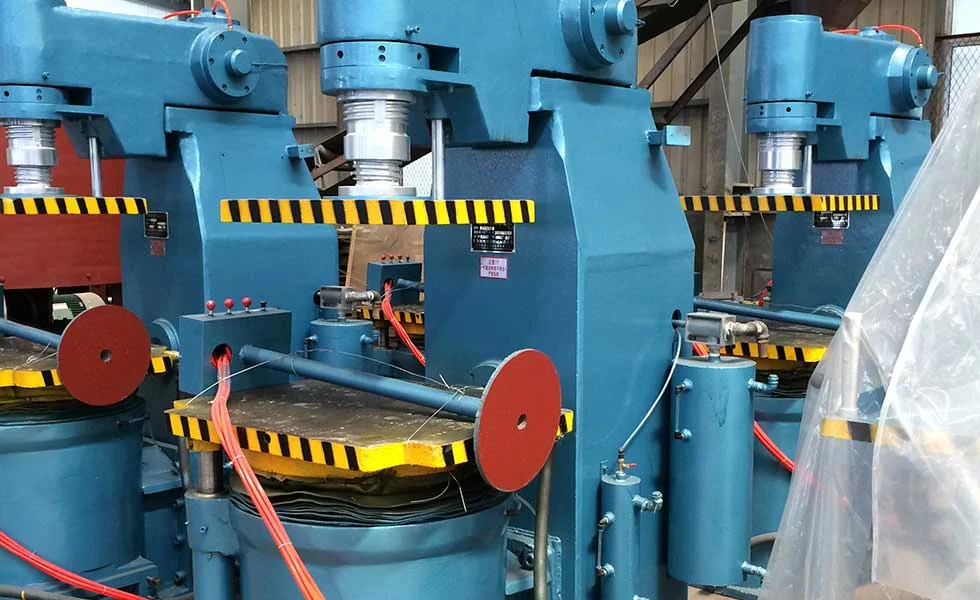
Selection Checklist:
- Casting Size: Choose a squeeze head with enough pressure for the depth and width of your mold.
- Production Volume: Mid-volume? Jolt squeeze is perfect. Low or high volumes may need manual or automatic alternatives.
- Workshop Space: These machines come in compact footprints, making layout planning easier.
- Operator Skills: Need a low-learning-curve setup? This is a great choice.
- Customization: Ask your supplier if flask dimensions or power systems can be tailored to your needs.
For a shortcut, check out our online configuration tool on Hitech-China’s website to match your specs to one of our proven systems.
Why Choose Hitech-China’s Jolt Squeeze Molding Machines
Looking for a supplier who understands custom manufacturing?
Since 1999, Hitech-China has been building custom shot blasting and molding equipment that delivers real ROI.
Why Global Foundries Trust Us:
- OEM Support: We provide both standard and custom molding systems.
- Design Flexibility: Flask size, squeeze force, layout—all can be customized.
- Turnkey Services: Installation, commissioning, and operator training.
- Remote Tech Support: Fast response, global coverage.
- Proven Track Record: Used by foundries in Germany, North America, Southeast Asia.
Our machines are not only engineered to perform but are backed by support that ensures long-term value.
Customer Case Study (Optional)
In 2023, a mid-size foundry in Eastern Europe replaced three manual lines with two jolt squeeze machines from Hitech-China. The result?
- Cycle Time Reduced: 40 seconds faster per mold.
- Defect Rate Dropped: From 8% to under 2%.
- ROI: Full payback in 14 months.
Here’s what their production manager had to say:
“We didn’t just buy machines. We bought reliability, speed, and a team we could trust.”
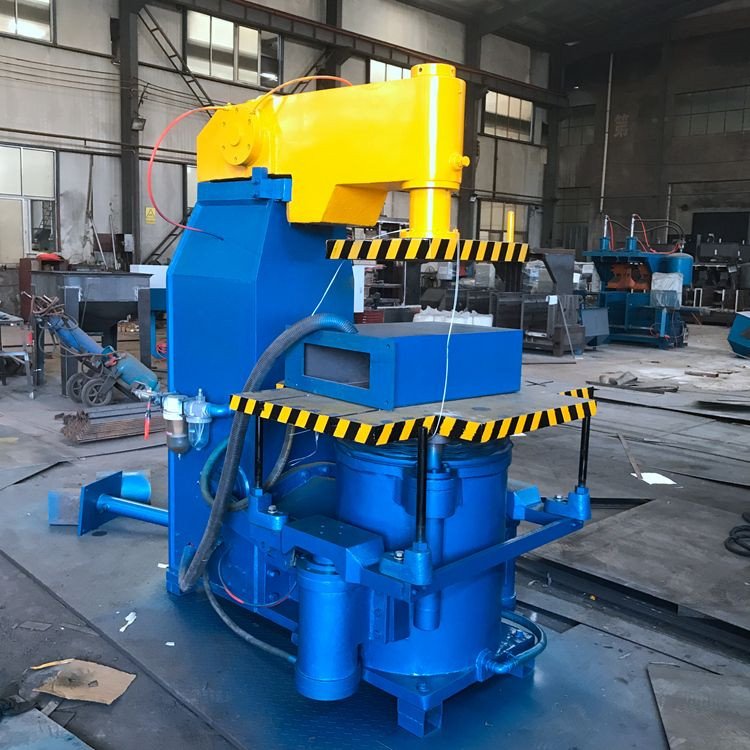
Conclusion
Jolt squeeze molding machines remain a proven, efficient, and accessible technology for producing consistent sand molds. For foundries looking to improve quality without overextending budgets, it’s still one of the smartest investments.
FAQs
Q: What is the difference between jolt and squeeze in molding?
A: Jolt packs the sand using vibration. Squeeze compresses the sand using mechanical pressure. Both work together to ensure dense, accurate molds.
Q: What materials can be used in jolt squeeze molding?
A: Green sand, chemically bonded sand, and some resin-coated sands are compatible.
Q: Is jolt squeeze suitable for high-volume production?
A: Not typically. It excels in small to medium batch runs. For high volumes, consider fully automated systems.
Q: How long does it take to switch molds?
A: Most setups take under 10 minutes with experienced operators.
Q: Can this machine be customized for my casting size?
A: Absolutely. We offer customizable squeeze force, flask sizes, and even layout configuration based on your casting geometry.


